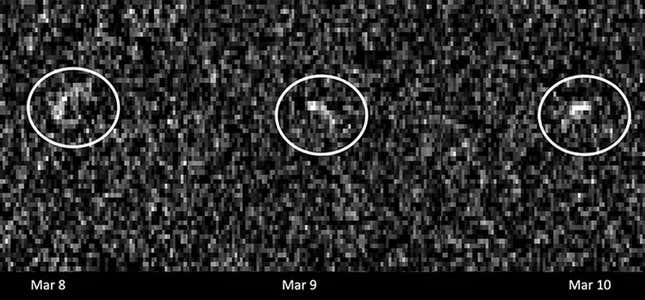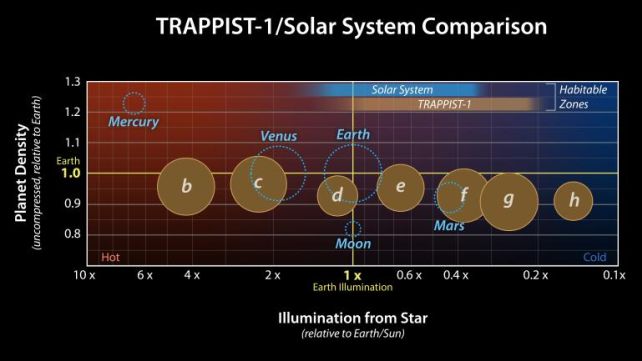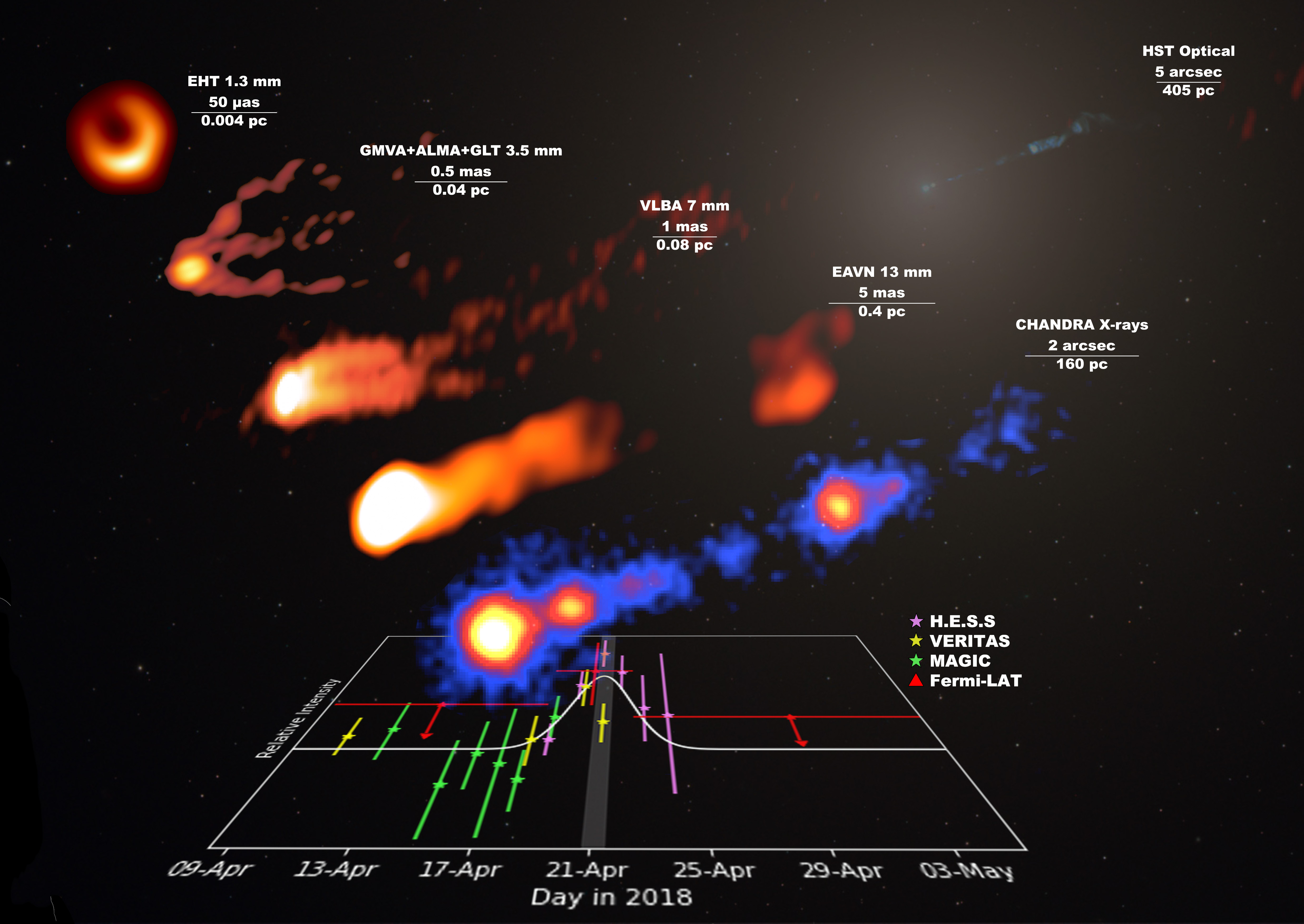The approaching asteroid 99942 Apophis is expected to come very close to Earth in 2029. In order to prepare for this rare event, NASA is asking for ideas for low-cost missions to meet with Apophis. The space agency is also prepared with two asteroid probes to carry out this task. Alex Winter on Innovative Horror Movies NASA will host a workshop on February 7 to discuss innovative mission approaches during the Earth flyby of the asteroid Apophis in 2029. The workshop is open to ideas from the private space sector, international space agencies, and government agencies. It will include a public briefing and one-on-one sessions. Meanwhile, two probes are currently in storage at Lockheed Martin, originally intended to study binary asteroid systems. They were meant to launch in August 2022, alongside the Psyche mission, but were delayed due to a software glitch. Although Psyche later launched in October 2023, it missed the window to reach the original targets of the probes. Consequently, the Janus mission was removed from the launch schedule and put into storage, awaiting potential future funding for another mission. Images of asteroid Apophis captured in March 2021 by radio antennas at the Deep Space Network’s Goldstone complex.Image: NASA/JPL-Caltech and NSF/AUI/GBOThe mission, part of NASA’s Small, Innovative Missions for Planetary Exploration (SIMPLEx) program, cost around $50 million to develop. The program aims to provide opportunities for low-cost, high-risk science missions to ride-share with selected primary missions, according to NASA. The approaching Apophis flyby presents an opportunity to repurpose these twin probes. Daniel Scheeres, the principal investigator of the project and an astronomer at the University of Colorado, explained, “Essentially you would keep the spacecraft as is, what would change is the launch vehicle that you put them on because you have to send them to a different spot and you might, you know, drive it a little bit differently.”
Images of asteroid Apophis captured in March 2021 by radio antennas at the Deep Space Network’s Goldstone complex.Image: NASA/JPL-Caltech and NSF/AUI/GBOThe mission, part of NASA’s Small, Innovative Missions for Planetary Exploration (SIMPLEx) program, cost around $50 million to develop. The program aims to provide opportunities for low-cost, high-risk science missions to ride-share with selected primary missions, according to NASA. The approaching Apophis flyby presents an opportunity to repurpose these twin probes. Daniel Scheeres, the principal investigator of the project and an astronomer at the University of Colorado, explained, “Essentially you would keep the spacecraft as is, what would change is the launch vehicle that you put them on because you have to send them to a different spot and you might, you know, drive it a little bit differently.”
Apophis is a near-Earth object measuring approximately 1,100 feet (335 meters) across. While initially designated as a hazardous asteroid in 2004, later observations reassured scientists that there is no immediate threat of impact on Earth. It will pass within a distance of less than 20,000 miles (32,000 kilometers) on April 13, 2029. NASA aims to investigate the asteroid to determine the potential impact of Earth’s gravitational field on Apophis’ orientation and spin. Despite some differences between Apophis and the original target of the Janus mission, Scheeres stated, “we would do the flyby and make the observations in a very similar manner.” Another spacecraft, originally planned to explore a different asteroid, is already scheduled to visit Apophis. Following its mission to deposit a sample of asteroid Bennu in September 2023, the OSIRIS-REx spacecraft was redirected and renamed OSIRIS-APophis EXplorer (OSIRIS-APEX) to study Apophis during its 2029 flyby.OSIRIS-APEX is set to arrive at the asteroid on April 13, 2029, and observe it for the next 18 months. NASA still plans to send a mission to Apophis before the Earth encounter to observe any changes it may have undergone.“I don’t know exactly what they’re looking for,” Scheeres said, referring to the upcoming workshop. “I think they’re just trying to see what ideas are out there before making a decision,” he added. “Maybe the Janus spacecraft aren’t the best way of doing this…[NASA] can’t really tell until they hear from the whole community.”The delay of the Psyche mission prompted a review of operations at NASA’s Jet Propulsion Laboratory (JPL), revealing budgeting and staffing issues. Consequently, the launch of the VERITAS probe by NASA was postponed indefinitely. The space agency continues to navigate its budget as it pursues endeavors such as sending humans back to the Moon under the Artemis program, collecting samples from Mars through the Mars Sample Return, and advancing its Moon to Mars program. The Janus mission, along with VERITAS, fell victim to ongoing constraints at NASA, leaving the spacecraft ready for future use to ensure the effort and cost invested in them do not go to waste. Options are still available for Janus to reach its original targets, asteroids 1996 FG3 and 1991 VH. Scheeres indicated, “We really liked the original targets, that would be great if we can get back to there, but there are a lot of other compelling targets, including Apophis, that we could use [the spacecraft] for.”For more spaceflight in your life, follow us on Twitter and bookmark Gizmodo’s dedicated Spaceflight Spaceflight page.
NASA Seeks Ideas to Research Potentially Dangerous Asteroid Apophis





![Right here’s the whole lot new in Android 15 QPR2 Beta 2 [Gallery] Right here’s the whole lot new in Android 15 QPR2 Beta 2 [Gallery]](https://9to5google.com/wp-content/uploads/sites/4/2024/11/Android-15-on-Pixel-9-v1.jpg?quality=82&strip=all&w=1600)








